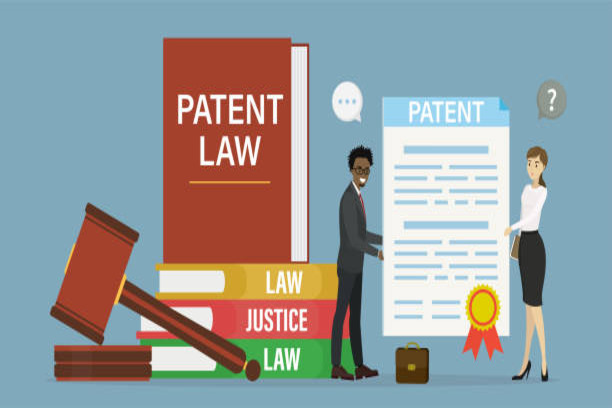


Are you pondering ways to profit from your innovative ideas by leveraging temporary patents? The journey to monetize ideas can be intricate. While the direct sale of temporary patent applications is plausible, it remains an uncommon occurrence due to the inherent risk it poses to potential buyers. However, embracing this avenue necessitates convincing stakeholders to invest without confirmed market demand—a truly innovative approach.
A provisional patent application (PPA) serves as a foundational step, securing a registration date while evading substantial additional costs for up to a year. Yet, filing solely for a provisional patent never culminates in an actual patent.
The initial phase involves detailing your innovation on paper, elucidating its functionality and advantages, sans the need for an examination queue.
Following the PPA, the non-provisional patent application (NPA) constitutes the subsequent phase, completing and submitting the application for trial.
Commencing the initial application mandates submitting a comprehensive description to the U.S. Patent and Trademark Office, entailing costs ranging from $70 to $280, potentially escalating into thousands with legal aid. Post PPA submission, you can label your work as “patent pending” for a year.
This interim phase offers ample opportunities to fortify your business and gauge market reception:
The pivotal timing of applying for a provisional patent ensures subsequent non-provisional applications retain the initial filing date, crucial in scenarios of overlapping patent applications.
Imagine a race where the provisional patent secures the leading position despite the ongoing competition—a strategic advantage in patent priority disputes.
While vending temporary patent applications might seem challenging due to unproven market demand, presenting a compelling case demands a strategic approach.
Elevating your chances involves crafting a compelling, data-rich presentation supporting your claims and the innovation’s commercial potential. Investors seek:
Enriching your pitch with tangible evidence, surveys highlighting demand, and pertinent investment statistics bolsters investor confidence.
Moving from the provisional to non-provisional phase offers a window to validate your invention’s market viability. Post NPA submission, an 18-month period for testing ensues.
Securing a patent involves demonstrating eligibility, novelty, and non-obviousness. Patent approval streamlines idea sales, incentivizing potential buyers. However, it’s prudent to await the patent’s procurement for optimal negotiation leverage.
Navigating the landscape of patent sales demands a blend of innovation, strategic presentation, and patience. Embrace the process, align market data, and harness the power of Patent Law to amplify your idea’s worth.